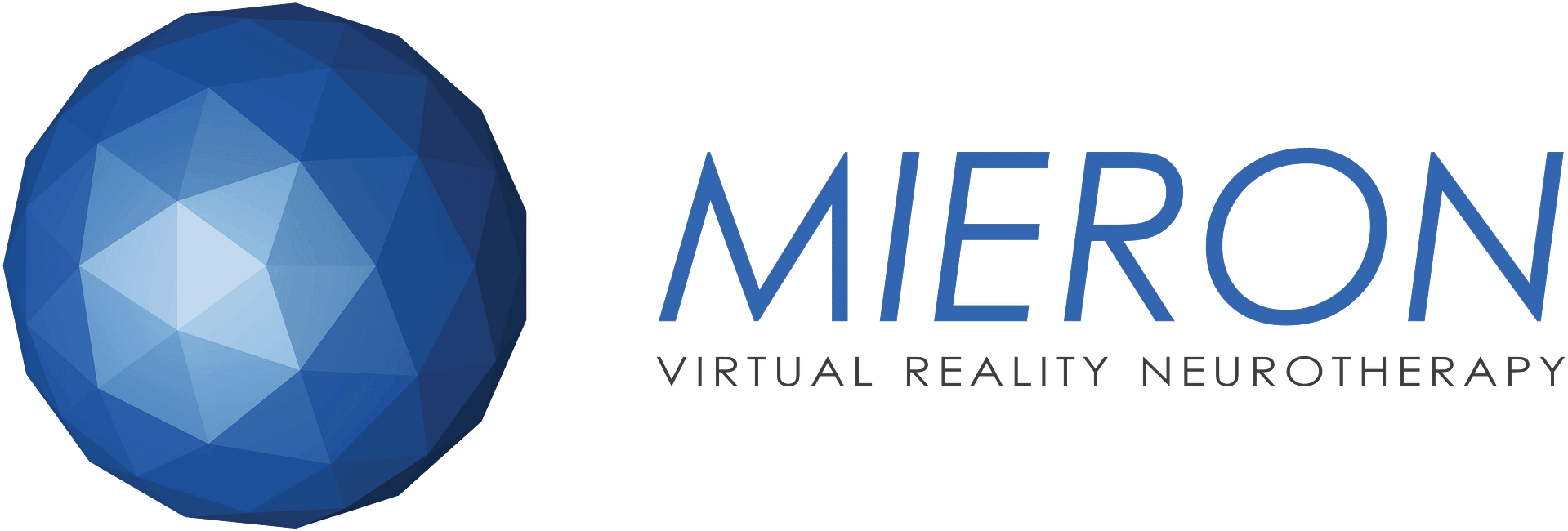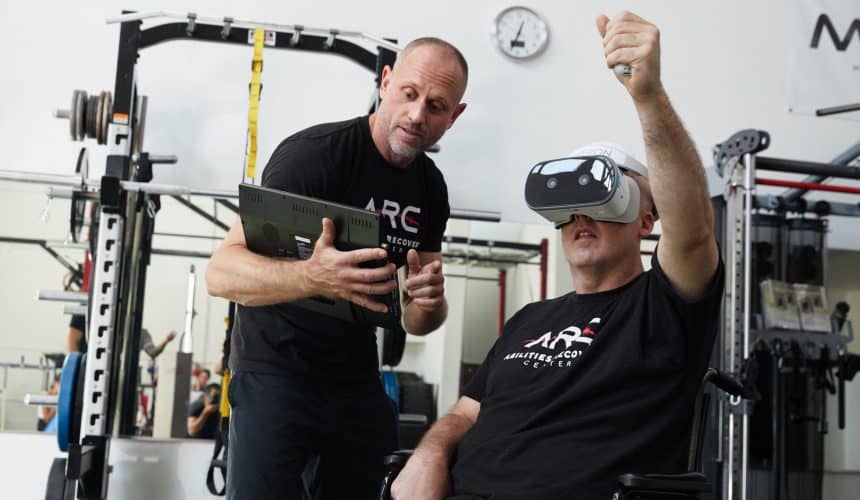Every year, around 800 thousand people will suffer a stroke in the US. Of those that survive their strokes, 55% – 75% will leave with some type of long-term disability.
Strokes are often called ‘brain attacks’ because it directly impacts our brain. During a stroke, blood flow is cut off to parts of our brain. This causes our brain to lose certain abilities, like controlling movement, recalling memories or even speaking.
Fortunately, scientists have found that humans and animals can regain lost abilities through a phenomenon called neuroplasticity.
This is why achieving neuroplastic change is one of the main goals of post-stroke rehab. And it is absolutely essential to helping stroke patients relearn important skills so that they can live an independent lifestyle.
WHAT IS NEUROPLASTICITY?
Neuroplasticity is the idea that the neural connections in our brain can change, and that we have the ability to generate new neurons later in life. Though for a long time, scientists thought that any brain cell death was permanent, this was later debunked by human and animal studies. When parts of our brains shut down due to a stroke, we can actually retrain our brain to gain back lost abilities.
Neuroplasticity can help us rewire our brains, form new neural pathways, and regain independence.
HOW VR HELPS PATIENTS REACH NEUROPLASTICITY
Stroke inflicted damage is different for every patient, which means that the rehab process is unique to each individual. But one theme that runs throughout all post-stroke research is that rehab needs to be challenging, repetitive, motivating and intensive for neuroplasticity to occur.
This means that rehab need to be both consistent and engaging for the patient.

Repetition is the Key to Neuroplasticity
Numerous studies have shown a strong relationship between repetition and the efficacy of post-stroke rehabilitation. Heavy repetition and consistency are required to strengthen and create neural connections that can support newly learned behaviors.
Indeed, practicing is the most fundamental principle in motor learning. In a study where subjects performed more than 100 reps (1,200 total) per day of a finger-tracking exercise, they showed “significant cortical reorganization and functional improvement”. While researchers have not settled on a specific number of reps required to reach neuroplasticity, it has become clear that repetition of specific tasks plays a huge role in neuroplasticity.
VR Technology Allows for Infinite Repetition
Using a VR headset doesn’t require constant supervision from a medical professional nor for the patient to leave his home. Plus, available resources are often unable to provide enough intensity to create neuroplastic change.
By being able to access rehab programs at home, patients can practice movements on their own schedule, with as much frequency as needed to achieve their goals.

Engagement is Necessary for Brain Improvements
In addition to repetition and consistency, creating an engaging rehab experience can significantly increase its impact. Both animal and human research show that environmental stimulation is crucial to improving cognitive function. For example, an enriched environment resulted in a five-fold increase in activities associated with improvements in learning parameters, exploratory behavior and locomotor activity for rats. Other studies showed the importance of music and computer training programs to neuroplasticity. Ultimately, stimulation is a key element in improving brain function in both humans and animals
VR Can be Personalized to Stimulate Patients
One of the main benefits of using VR for stroke recovery is its ability to stimulate patients and boost their confidence. In addition to providing an interactive and realistic 3D environment, VR technology can be engineered to fit a patient’s specific needs.
Studies have shown that VR can increase patient motivation, enjoyment and engagement, which encourages more pro-active training. This is because it can provide goal-oriented tasks with increasing repetition, all within an enriched but controlled environment.
VR can also be manipulated to appear to move faster or more accurately than the patient. This positive feedback can increase confidence within the patient by pushing them to use their limbs more spontaneously, which further enhances the efficacy of post-stroke rehab.
Through an at-home program that can be both challenging and ever-changing, VR takes away the roadblocks that patients often face as they embark on a long-term journey to better health. By providing an accessible, fun and personalized experience, VR can bring stroke patients closer to neuroplastic change and an independent lifestyle.






